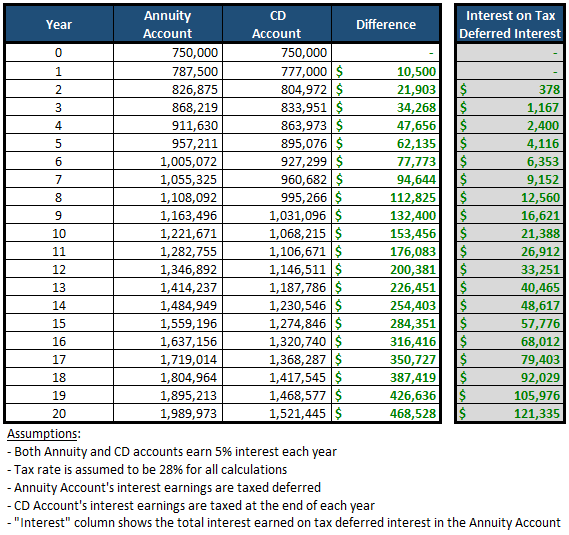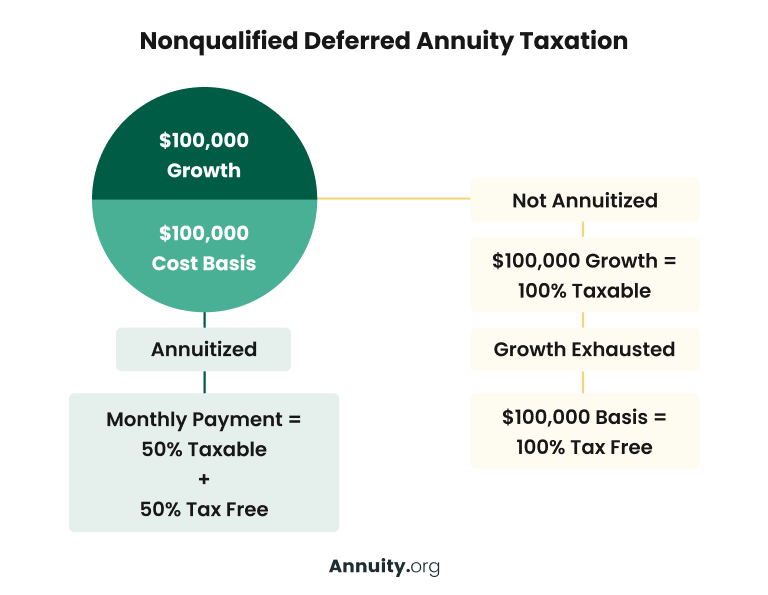All Categories
Featured
Table of Contents
This five-year basic guideline and two following exemptions apply just when the owner's fatality sets off the payment. Annuitant-driven payments are talked about below. The initial exemption to the basic five-year guideline for private beneficiaries is to accept the survivor benefit over a longer period, not to go beyond the expected lifetime of the beneficiary.
If the recipient chooses to take the survivor benefit in this method, the benefits are tired like any type of other annuity payments: partially as tax-free return of principal and partly gross income. The exclusion ratio is discovered by utilizing the deceased contractholder's price basis and the expected payouts based upon the recipient's life expectations (of shorter period, if that is what the recipient selects).
In this approach, occasionally called a "stretch annuity", the beneficiary takes a withdrawal yearly-- the required quantity of yearly's withdrawal is based upon the same tables used to calculate the required distributions from an IRA. There are 2 advantages to this method. One, the account is not annuitized so the recipient keeps control over the money value in the contract.
The 2nd exception to the five-year rule is available only to a making it through partner. If the assigned beneficiary is the contractholder's partner, the spouse may choose to "enter the shoes" of the decedent. Essentially, the partner is treated as if he or she were the proprietor of the annuity from its inception.
Is there tax on inherited Retirement Annuities
Please note this applies only if the spouse is named as a "assigned beneficiary"; it is not offered, as an example, if a depend on is the beneficiary and the spouse is the trustee. The basic five-year rule and the 2 exceptions only use to owner-driven annuities, not annuitant-driven agreements. Annuitant-driven contracts will pay fatality benefits when the annuitant passes away.

For purposes of this conversation, assume that the annuitant and the proprietor are different - Annuity rates. If the agreement is annuitant-driven and the annuitant dies, the death activates the death benefits and the recipient has 60 days to choose exactly how to take the fatality advantages subject to the terms of the annuity agreement
Likewise note that the option of a partner to "step right into the shoes" of the proprietor will not be available-- that exemption uses only when the owner has actually died but the proprietor didn't pass away in the instance, the annuitant did. If the recipient is under age 59, the "death" exemption to stay clear of the 10% fine will not apply to an early distribution again, since that is readily available only on the death of the contractholder (not the fatality of the annuitant).
Many annuity companies have interior underwriting plans that reject to issue agreements that call a various proprietor and annuitant. (There might be weird scenarios in which an annuitant-driven agreement satisfies a customers distinct needs, however usually the tax obligation disadvantages will outweigh the benefits - Annuity death benefits.) Jointly-owned annuities may posture similar problems-- or at least they may not serve the estate preparation feature that various other jointly-held possessions do
Because of this, the death advantages must be paid within 5 years of the first owner's death, or based on the 2 exceptions (annuitization or spousal continuation). If an annuity is held collectively in between a couple it would certainly show up that if one were to die, the other can merely proceed ownership under the spousal continuation exception.
Assume that the spouse and partner named their kid as beneficiary of their jointly-owned annuity. Upon the death of either proprietor, the business should pay the death benefits to the boy, that is the beneficiary, not the enduring spouse and this would probably beat the owner's intents. At a minimum, this example aims out the complexity and unpredictability that jointly-held annuities present.
Do beneficiaries pay taxes on inherited Structured Annuities
D-Man composed: Mon May 20, 2024 3:50 pm Alan S. created: Mon May 20, 2024 2:31 pm D-Man wrote: Mon May 20, 2024 1:36 pm Thank you. Was hoping there may be a mechanism like establishing up a recipient IRA, however looks like they is not the case when the estate is setup as a recipient.

That does not recognize the kind of account holding the inherited annuity. If the annuity remained in an acquired IRA annuity, you as administrator should be able to assign the inherited individual retirement account annuities out of the estate to inherited Individual retirement accounts for each and every estate beneficiary. This transfer is not a taxed event.
Any type of circulations made from acquired Individual retirement accounts after assignment are taxed to the beneficiary that received them at their ordinary revenue tax rate for the year of distributions. Yet if the inherited annuities were not in an individual retirement account at her fatality, after that there is no other way to do a straight rollover right into an acquired individual retirement account for either the estate or the estate recipients.
If that happens, you can still pass the circulation with the estate to the private estate recipients. The earnings tax return for the estate (Type 1041) can include Form K-1, passing the earnings from the estate to the estate beneficiaries to be strained at their individual tax obligation rates rather than the much higher estate earnings tax prices.
Are inherited Index-linked Annuities taxable income

: We will certainly create a plan that includes the most effective products and functions, such as boosted death advantages, premium incentives, and permanent life insurance.: Get a customized method developed to optimize your estate's value and reduce tax liabilities.: Execute the picked method and receive continuous support.: We will certainly help you with setting up the annuities and life insurance policies, offering continual guidance to make certain the strategy continues to be effective.
Nonetheless, must the inheritance be considered as a revenue associated with a decedent, then tax obligations might apply. Usually talking, no. With exemption to pension (such as a 401(k), 403(b), or IRA), life insurance proceeds, and financial savings bond interest, the recipient normally will not need to bear any income tax obligation on their inherited riches.
The amount one can inherit from a trust without paying tax obligations depends on different aspects. Individual states may have their very own estate tax policies.

His objective is to streamline retired life planning and insurance, making sure that clients understand their options and secure the very best insurance coverage at unsurpassable prices. Shawn is the owner of The Annuity Professional, an independent online insurance policy agency servicing consumers across the United States. With this platform, he and his team objective to remove the guesswork in retirement preparation by helping people locate the most effective insurance coverage at one of the most competitive rates.
Table of Contents
Latest Posts
Highlighting the Key Features of Long-Term Investments A Comprehensive Guide to Retirement Income Fixed Vs Variable Annuity What Is Annuities Variable Vs Fixed? Benefits of Fixed Index Annuity Vs Vari
Highlighting the Key Features of Long-Term Investments A Comprehensive Guide to Fixed Interest Annuity Vs Variable Investment Annuity Breaking Down the Basics of Investment Plans Features of What Is A
Highlighting Fixed Income Annuity Vs Variable Growth Annuity A Comprehensive Guide to Immediate Fixed Annuity Vs Variable Annuity Breaking Down the Basics of Fixed Income Annuity Vs Variable Annuity P
More
Latest Posts